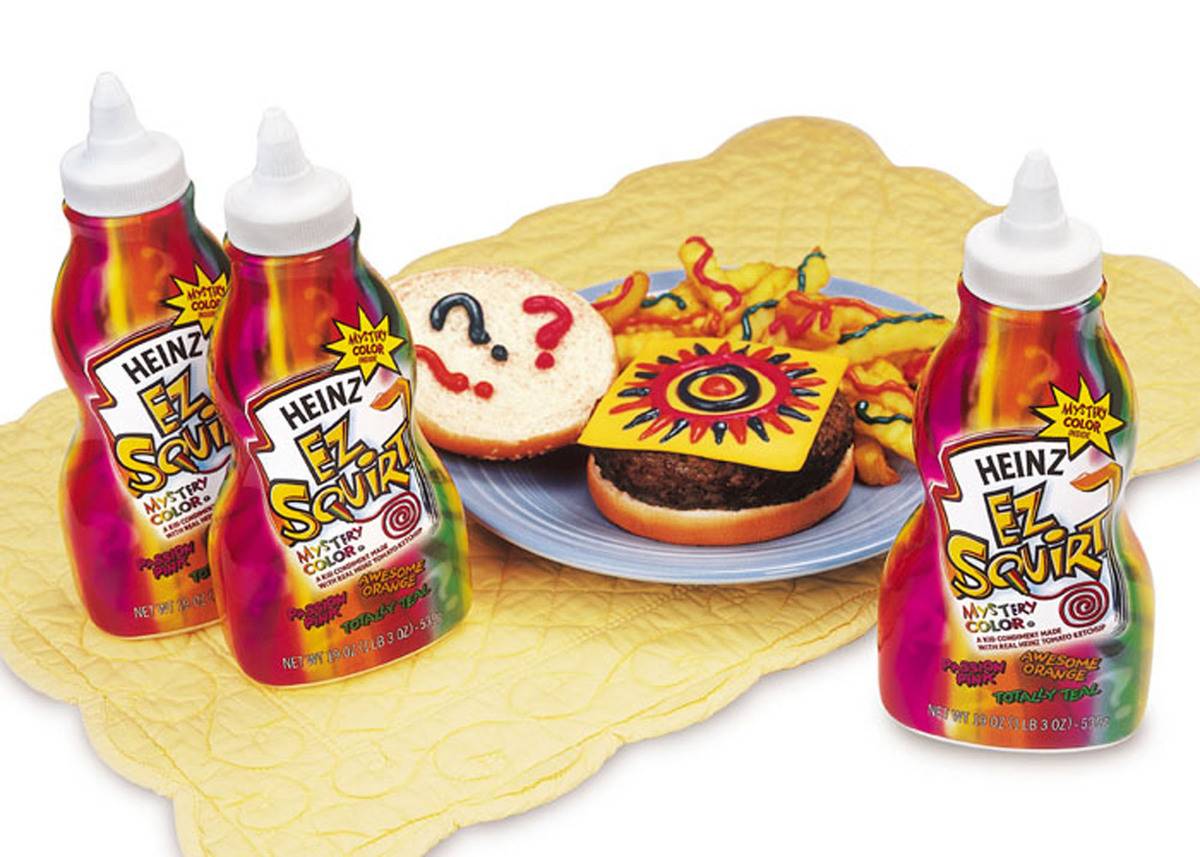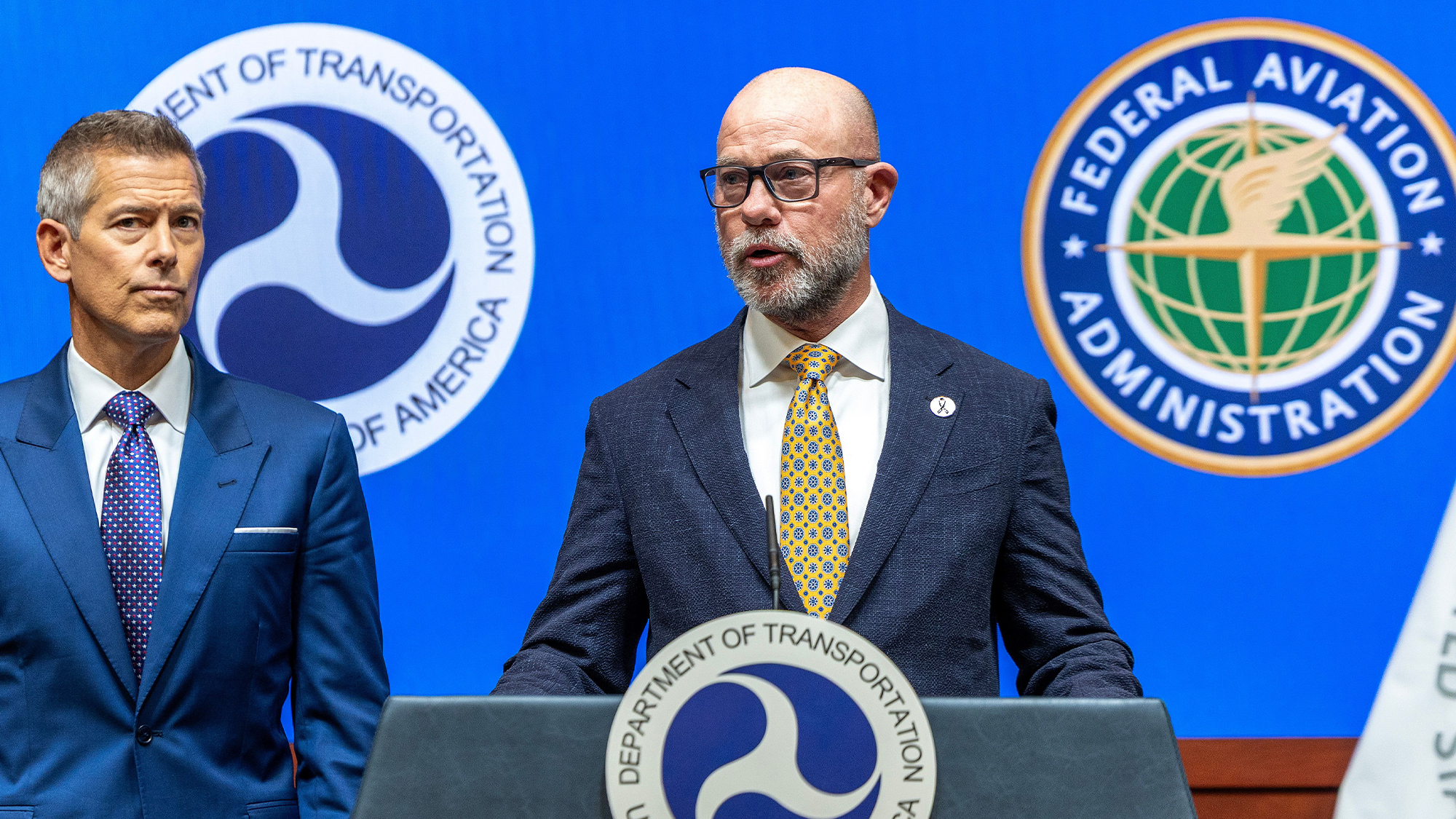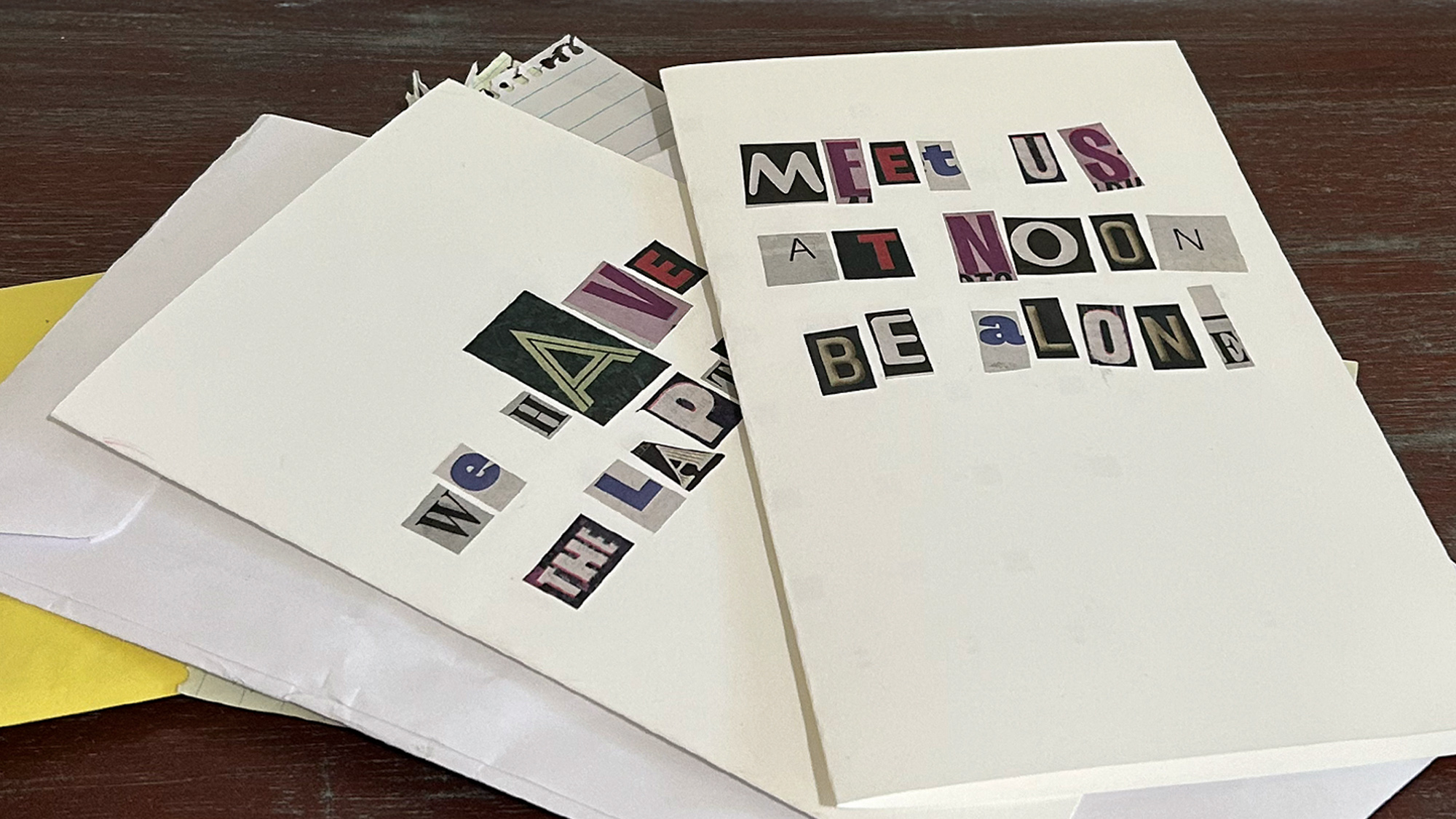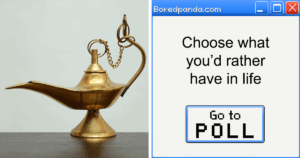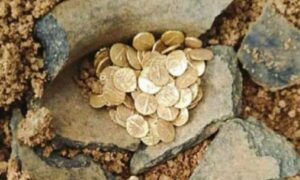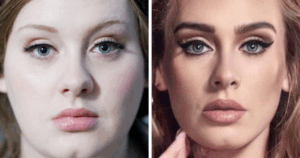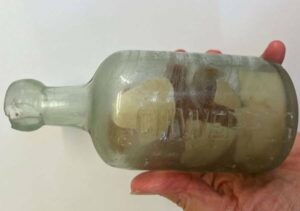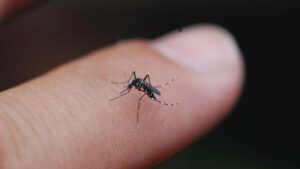“From Disasters to Duds: The Failed Products That Tanked Giants’ Fortunes”
Launching a new product is a bit like standing on the edge of a cliff, your heart racing as you contemplate whether to leap into the unknown. No matter how esteemed a brand may be—think of titans like Coca-Cola or Samsung—there’s always a chance that what sounds like a brilliant idea could crash and burn spectacularly. From oddball flavors like blue ketchup to the infamous exploding phones, the saga of product flops is rife with lessons in hubris and market miscalculation. Prepare to dive into a treasure trove of blunders—and maybe you’ll find that burst of inspiration you never knew you needed! Curious about the all-time worst, most entertaining product flops? Buckle up and LET’S GO! LEARN MORE.No matter how well-known a company is, it’s always a risk to release a new product. Even if the company spends millions on advertising and research, the outcome could still fail. Some businesses are still recovering from these losses.
Certain companies experiment with different ideas, such as when Cosmopolitan released yogurt. Others watch their product self-destruct–remember the exploding Samsung phones from 2017? Learn about the worst product flops of all time and how they happened.
Ketchup, But In Different Colors

Have you ever wanted a blue ketchup? No, not blueberry-flavored ketchup; it’s regular ketchup, but a different color. That’s what Heinz made in 2000. Heinz EZ Squirt Ketchup came in a vast array of colors, from green to purple to pink.
Believe it or not, the product did well at first, selling over 25 million bottles in six years. In 2006, sales declined, and EZ Squirt Ketchup left the market. It’s unlikely that we will see colorful ketchup again.
The Exploding Samsung Galaxy Note 7

Samsung is a reputable company with successful products. But in 2017, disaster struck. Hundreds of their new Galaxy Note 7 devices overheated and caught on fire. News articles erupted with headlines of “exploding” phones. The company spent $5.3 billion to recall all of the phones.
According to the company, the design and manufacturing ruined the product. The phone’s insulation did not meet safety requirements. Samsung took responsibility for its flaming phones, but it lost many customers’ trust with this product.
Remember Clippy?

Some people look back on Clippy fondly, but the animated paperclip was not well-loved back in the day. Clippy was an AI assistant for Microsoft Office, released in 1996. In its five years of life, Clippy earned awards such as “One of the Worst UIs Ever Deployed” and “The Most Annoying Software Bug.”
Microsoft didn’t only annoy users with Clippy’s constant suggestions. They also refused to listen to feedback, and they made few changes to the program.
McDonald’s Most Expensive Flop, The Arch Deluxe Burger

McDonald’s has tested many failed products throughout the years, but the Arch Deluxe was their biggest flop. The Arch Deluxe was supposed to cater to “grown-up taste,” instead of the “kid’s taste” of a Happy Meal. To date, it was one of the most expensive advertising campaigns in America, with over $300 million down the gutter.
Although the Arch Deluxe wasn’t popular, it remained on the menu from 1996 to 2000. Later, McDonald’s used some of the product’s research to produce successful salads.
New Coke: When Coke Tried To Change Its Recipe

In 1985, Coca-Cola tried to change its entire formula. The new product was unofficially called New Coke, and it performed well in a nationwide taste test. Despite spending $4 million on testing, Coca-Cola still lost money on this product.
New Coke was a desperate attempt to revitalize the company. By 1985, Coca-Cola had already been struggling in the soda market. After three months of negative reviews and phone calls, Coca-Cola removed New Coke from the shelves.
Google+

In 2011, Google launched a social network to compete with Facebook and Twitter. Google+ was promoted on YouTube, and millions of users signed up within the first year. However, few people were actively using it.
Google+ had a borderline destructive user interface. The website had a strict real-name policy; users with pseudonyms were often kicked out of their Gmail accounts. Companies that created profiles were banned. Although Google tried to save the platform, Google+ shut down in 2015.
Cosmopolitan Magazine’s Yogurt Selection

Cosmopolitan magazine has published monthly issues since 1886. But in 1999, the company decided to dip its toes into the dairy industry. Why? No one knows. They released a line of yogurt called Cosmo Yogurts.
